FDA Priority Review Voucher Programs: Incentive for Industry to Develop Novel Treatments
Summary
Extension of the Sunset Clause provides additional opportunity for the FDA to award vouchers and for transference of vouchers from recipients to other sponsors.The Priority Review Voucher (PRV) program, originally enacted in 2007 by Congress under the Food and Drug Administration Amendments Act, was intended to encourage biopharmaceutical manufacturers to develop drugs or biologics that they might not have otherwise pursued due to small patient population sizes. The program, tailored toward neglected tropical diseases and&mdashmore commonly—rare pediatric diseases, has been broadly utilized, with at least eleven vouchers awarded to date. However, the PRV program is not without controversy. Voucher prices, for those sold, have steadily risen over time, and the Food and Drug Administration (FDA) has expressed discomfort at losing some of its discretion to award priority review.
Recent Legislation
A number of bills have passed and are currently under review that may impact the continuance of the PRV program. On September 30, 2016, the Advancing Hope Act (S.1878) was passed by Congress, extending the PRV Sunset Clause to Fiscal Year 2022. Furthermore, the 21st Century Cures Act (H.R.6), requires the Government Accountability Office to study all PRV programs to determine the impact on drug development and consider any unintended consequences (Section. 3014), and will launch a priority review voucher program to encourage manufacturers to develop drugs and vaccines for substances that are national security threats (Section. 3086).
PRV Program in a Nutshell
When granted upon approval by the FDA, the voucher entitles the sponsor to a 6-month priority review on another application of their choice in the future—the review time would otherwise typically be 10 months (Table 1), or the sponsor can sell the voucher. This opportunity provides an advantage to the sponsor, if approved,* because the drug could potentially come to market four months sooner.
However, if the sponsor has a drug in their pipeline that would not ordinarily qualify for priority review, they may elect to hold it and redeem the PRV on that product, or they may sell it to another company. PRVs are transferrable an unlimited number of times and have been sold recently ranging in price from $67.5–$350 million (Figure 1). The value of bringing a treatment to market earlier via an FDA priority review will determine the price a company is willing to pay to purchase a PRV in the future.
*Note: Use of a voucher does not guarantee approval.
New Treatments that Emerged and Benefited from the PRV Program
As of February 2017, a total of 13 Priority Review Vouchers (PRVs) have been awarded by the FDA. Of four Neglected Tropical Disease PRVs awarded, one has been sold, one used by the receiving company, and two remain undisclosed (Table 2). Of nine Rare Pediatric Diseases PRVs awarded, five have been sold/transferred, and four remain unsold (Table 3).
PRV Program Outlook
The extension of the PRV program, through the Advancing Hope Act and inclusion in the 21st Century Cures Act, is likely to continue to incentivize drug development for neglected tropical diseases, rare pediatric diseases, and agents that pose as national security threats. Since the enactment of the program in 2007, there was a steady rise in voucher price. Despite the decline with the most recent voucher transfer, there remains continued interest by sponsors to sell and purchase vouchers to expedite the review process of drugs and biologics. This represents the continued criticality of a predictable and timely review for products at the FDA.









